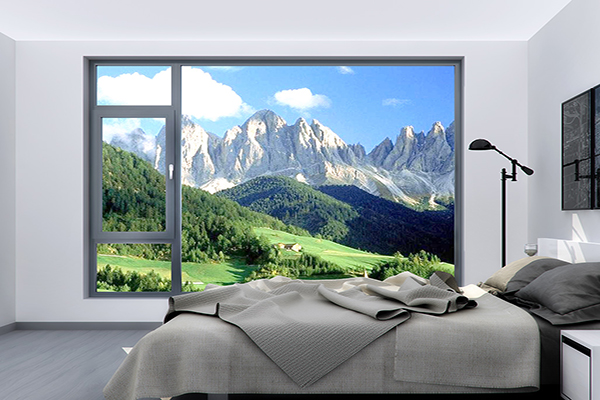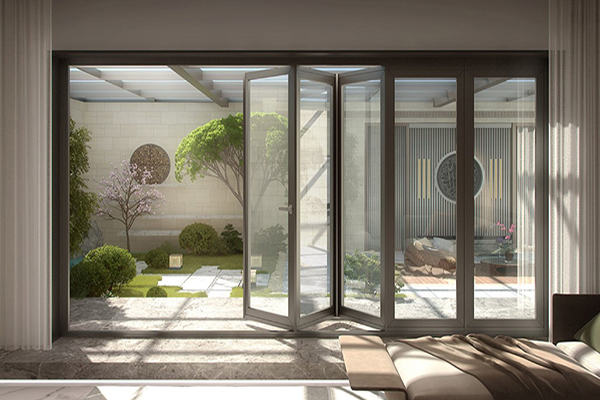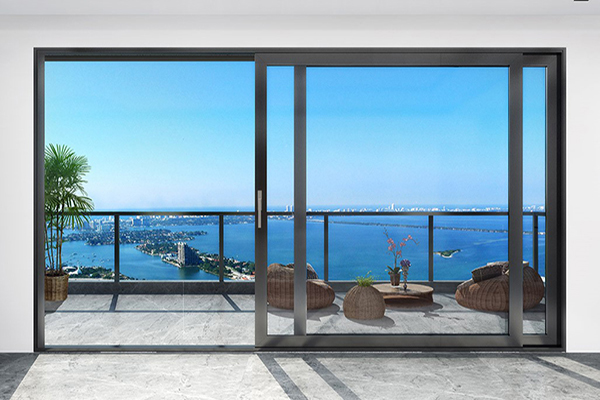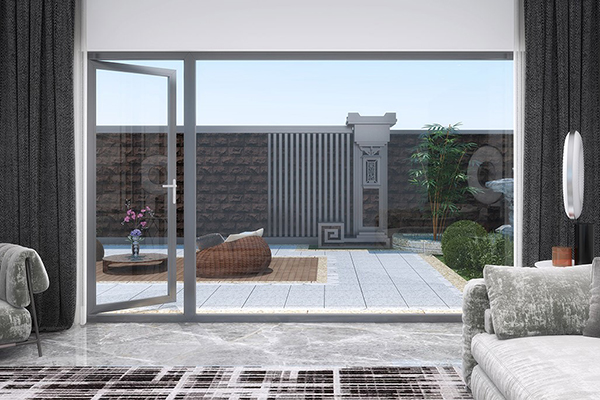How should the glass thickness be selected for a fully glazed curtain wall
Consider building height and location factors
Height factor:
- For low-rise buildings (generally less than 24 m in height), the glass thickness can be relatively thin if wind and other loads are relatively low.
- With the increase of building height, the wind pressure will also increase. In high-rise buildings (heights greater than 24m), the glass needs to withstand greater wind loads and self-weight loads. In this case, 15 - 19mm thick toughened glass or multi-layer laminated glass may be required.
Location Factors:
In coastal areas or open areas, the basic wind pressure is higher. For example, in typhoon-prone areas along the coast, the building's fully glazed curtain wall needs to use thicker glass to withstand strong winds. In contrast, in buildings in the city centre, where the wind load is relatively small due to the shelter of the surrounding buildings, the choice of glass thickness can be appropriately reduced.

Compartment size:
- When the glass compartment size is larger, the thickness of the glass should be increased accordingly. Because the larger compartment size means that the glass in the unit area of the load increased.
Shape factor:
- For shaped glass, such as arcs, triangles and other shapes, the force situation is more complex than rectangular glass. When choosing the thickness of the glass, it is necessary to take into account this complex state of force.
Consideration of load type and combination factors
Load type:
- Glass is subject to a variety of loads, including self-weight, wind, seismic, and temperature loads. Self-weight loads are relatively stable and depend primarily on the area and thickness of the glass.
Consider the performance and use factors of the glass
Safety performance requirements:
- If the building has high safety performance requirements, such as in crowded public places or at the bottom of high-rise buildings, priority should be given to the use of laminated glass. Even if laminated glass breaks, the film in the middle can bond the fragments together, preventing them from falling and injuring people.
Heat and sound insulation requirements:
- When the building has thermal and sound insulation requirements, the choice of glass thickness should also be considered comprehensively. Usually, the use of insulating glass or a combination of multiple layers of glass can improve thermal and acoustic performance.










